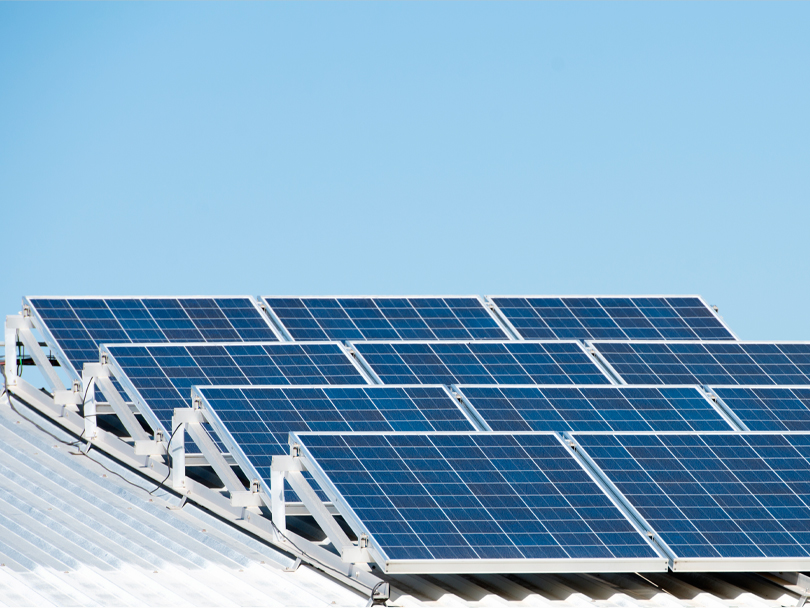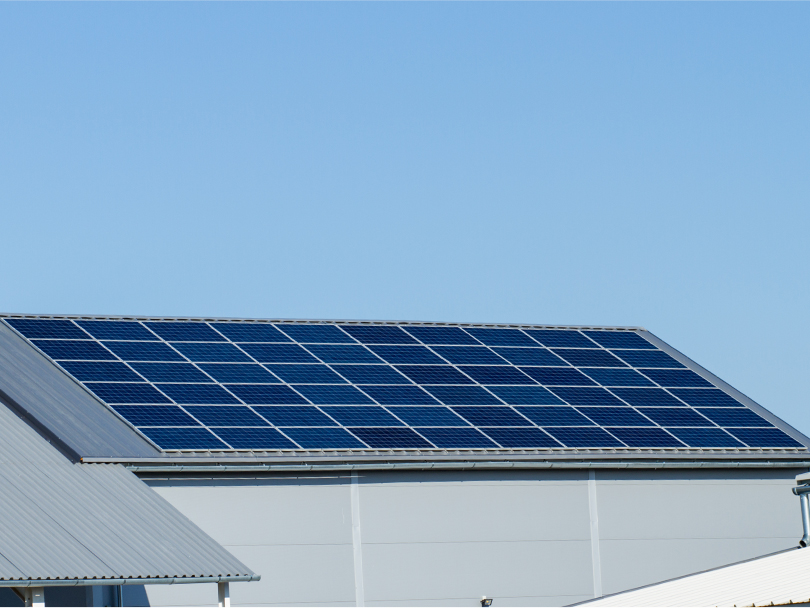Rebates, Incentives
& Finance
To facilitate solar there are currently many incentives, attractive tax benefits and finance options available
REC’s (Renewable Energy Certificates)
Renewable Energy Certificates (RECs) is an umbrella term covering Small-scale Technology Certificates (STCs) and Large-scale Generation Certificates (LGCs) under the Renewable Energy Target.
Both STC’s and LGC’s are tradeable commodities attached to eligible installations of solar power systems. For a commercial size solar system their value can be tens of thousands of dollars.
The federal government has decided to slowly phase out the program under which the certificates operate. Until 2030, the number of certificates issued to each installation will decrease each year, reaching zero in 2030.

STC’s (Small-scale Technology Certificates) – for solar systems ≤ 100kW
When you purchase a system we take over the hassle of registering and selling the STC’s on the market from you. We give you a point of sale discount based on the value of your STC’s. On the day of installation you assign the STC’s over to us and we complete the registration of these certificates with the Renewable Energy Regulator on your behalf and eventually recoup their value. The advantage is you don’t have to wait for the “rebate”, you get an immediate deduction in cost.
The number of STCs issued is based on the geographical location, installation date and how much electricity the system will generate until 2031, with one STC equalling one megawatt-hour of electricity.
Example
For a 100kW system would receive 1,303 STCs. If the value of an STC is $30, you’d receive a $39,090 discount off its cost.

Large-scale Technology Certificates (LGC’s) – for solar systems > 100kW
After a large scale renewable energy system has undergone an accreditation process, you’re able to generate Large-Scale Generation Certificates (LGCs).
One LGC is created for every megawatt-hour of electricity your system generates. Like STCs, LGCs can be purchased, sold, and traded on an open market and their value fluctuates according to supply and demand.
The key difference between STCs and LGCs is that LGCs are produced on an on-going basis, as opposed to STCs which are created upfront.
Government Stimulus Package
To help businesses withstand and recover from the economic impact of Coronavirus, the Government has implemented two tax incentives as part of its Economic Response. These consist of an increase to the instant asset write off threshold and accelerated depreciation deductions, both of which apply to PV solar systems.

Increase in Instant Asset Write-off from $150,000 to the full value of the asset
- Valid until 30th June 2022
- Equivalent to $45,000 (based on a 30% tax rate) in tax credit on a $150,000 solar PV system
- For businesses with a turnover of less than $5 billion
Example
Aussie Manufacturing Pty Ltd has an annual turnover of $6 million for the 2019-20 income year. On 1st October 2020 they purchase a 100kW PV solar system for $100,000. Under the new $150,000 instant asset write-off Aussie Manufacturing would be able claim a tax deduction of $100,000 versus $7,479 under the diminishing value method. At the company tax rate of 27.5% they would pay $25,443 less tax in the 2020-21 tax year.

Accelerated depreciation deductions
- Deduct 50% of the asset cost in the year of purchase in addition to existing tax arrangements
- Valid until June 30th 2021
- For businesses with a turnover of less than $500 million
Example
Healthy Foods Pty Ltd has an annual turnover of $8 million for the 2019-20 income year. On 1st July 2020 they purchase a 200kW PV solar system for $200,000. Under the new accelerated depreciation deduction incentive Healthy Foods Pty Ltd would be able to claim a tax deduction of $110,000 versus $20,000 under the diminishing value method. At a company tax rate of 27.5% they would pay $24,750 less tax in the 2020-21 tax year.
Solar Finance
A form of financing called Environmental Upgrade Finance is available to small businesses looking to invest in solar and/or battery storage.
Environmental Upgrade Finance (EUF) is an agreement where a building owner borrows money for environmental building upgrades from a financier and makes the repayments through the local council rates system.
This form of finance offers attractive rates and can be over period ranging from 4-15 years. It is available through some, but not all councils, and the minimum project value is $15,000.
Benefits of environmental upgrade finance include
- Competitive interest rates
- Security provided by the council lowers the risk for the financier, resulting in smaller repayments over longer terms
- No upfront capital or security required
- Costs can be shared with tenants with their consent
- Financing can be transferred if the property is sold
If you are interested in finding out how your business could access this finance to help pay for a solar and/or battery storage system, get in touch with us.
www.sustainability.vic.gov.au/Business/Investment-facilitation/Sustainable-finance-for-energy-solutions/Environmental-Upgrade-Finance

